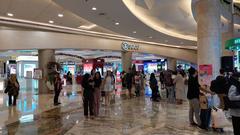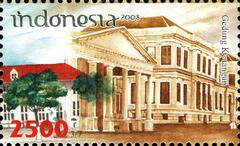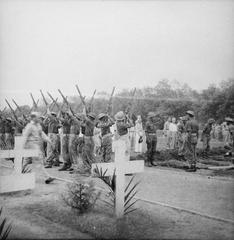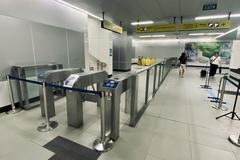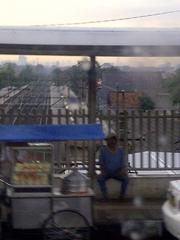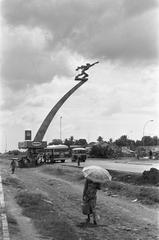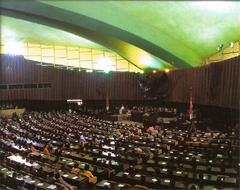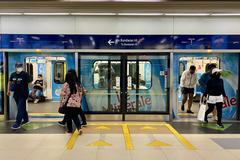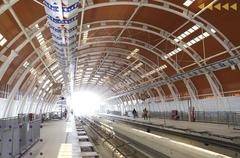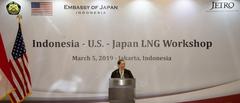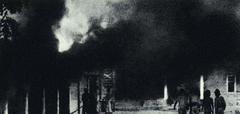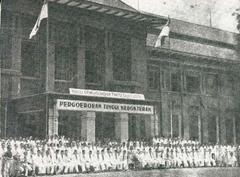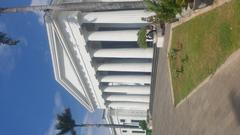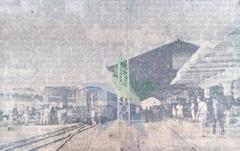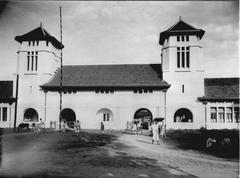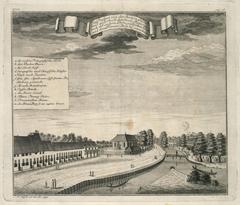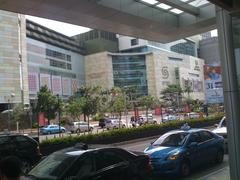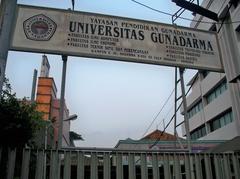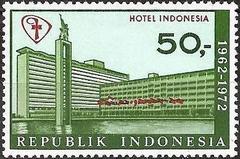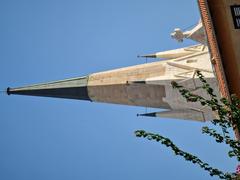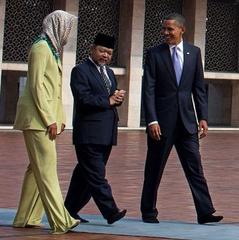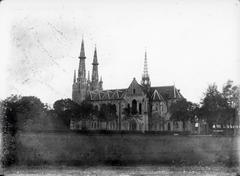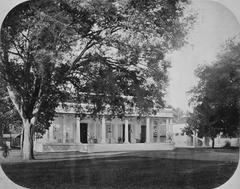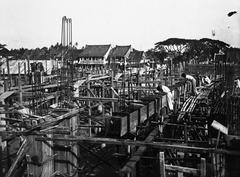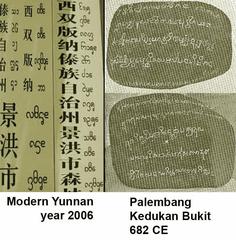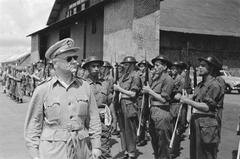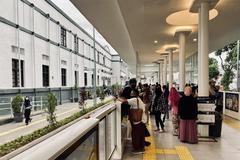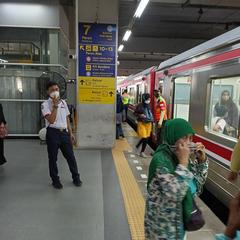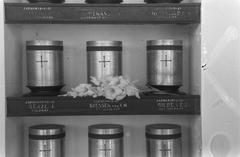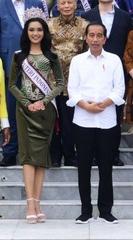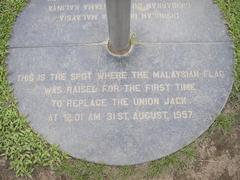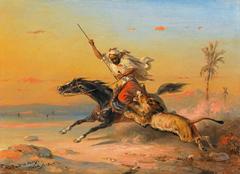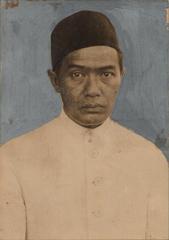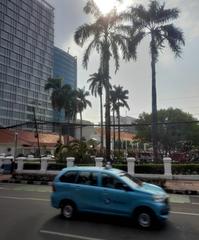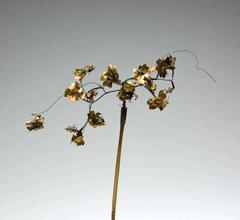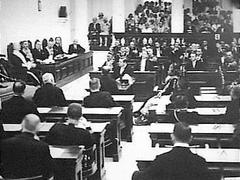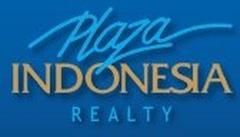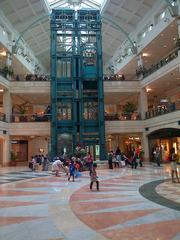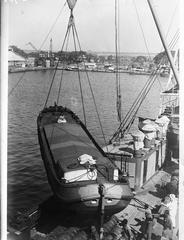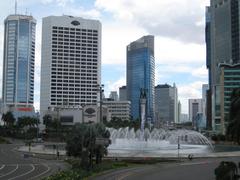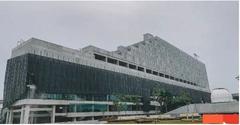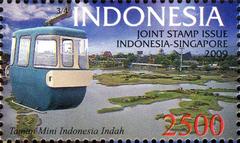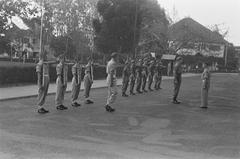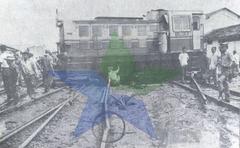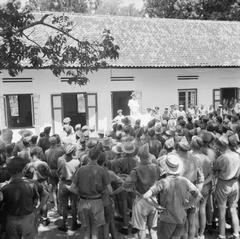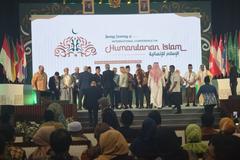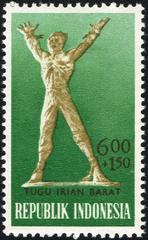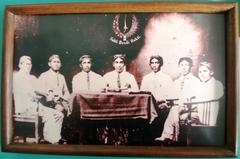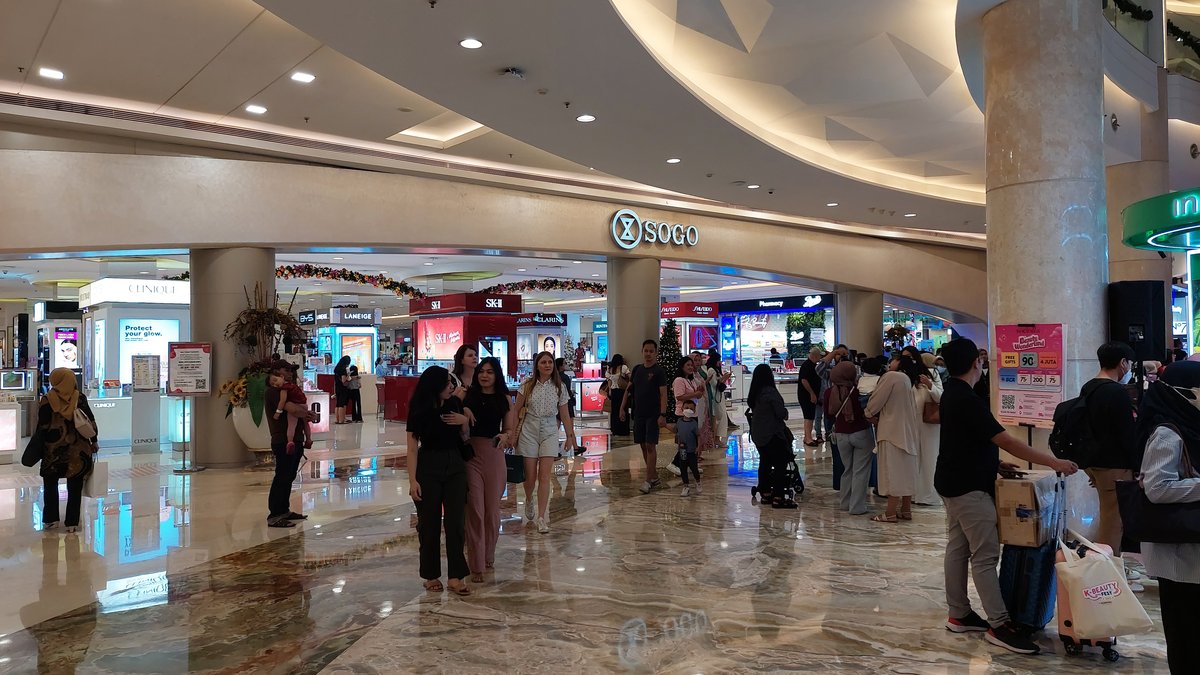
Kota Kasablanka Jakarta: Visiting Hours, Tickets, and Historical Sites Guide
Date: 15/06/2025
Introduction
Located in the dynamic district of Tebet, South Jakarta, Kota Kasablanka—affectionately referred to as “Kokas”—stands as a testament to Jakarta’s rapid urban development and vibrant cosmopolitan culture. This 11.5-hectare mixed-use superblock, opened in 2012, seamlessly integrates retail, residential, office, and entertainment spaces, making it a central destination for shopping, leisure, business, and cultural experiences. With its Moroccan-inspired architecture and a diverse array of amenities, Kota Kasablanka has become a magnet for locals, expatriates, and tourists alike, reflecting the city’s forward-looking spirit and multicultural identity (Kota Kasablanka Official; Setiap Gedung; Wikipedia).
Table of Contents
- Introduction
- Visiting Hours and Admission
- Accessibility and Travel Tips
- Historical Background and Development
- Thematic and Cultural Influences
- Mixed-Use Integration and Visitor Experience
- Special Events and Cultural Impact
- Ongoing Development and Future Plans
- Key Facts and Figures
- Frequently Asked Questions (FAQ)
- Visuals and Media
- Conclusion and Call to Action
Visiting Hours and Admission
Kota Kasablanka Mall operates daily from 10:00 AM to 10:00 PM, including public holidays. Entry to the mall and public areas is free of charge. However, special events or exhibitions at Kasablanka Hall may require tickets, which can be purchased online or at the venue. For the latest event schedules and ticketing information, check the official Kota Kasablanka website.
Accessibility and Travel Tips
Kota Kasablanka is strategically situated in Tebet, South Jakarta, and is easily accessible via various modes of transportation:
- Public Transport: TransJakarta buses and commuter trains to Tebet Station provide convenient options.
- Private Vehicles: The superblock offers secure parking for over 4,000 vehicles.
- On Foot: The area is pedestrian-friendly, with access points designed for safety and ease.
Visitors are encouraged to use official parking facilities and to check for peak hours, especially on weekends. Nearby attractions such as the Menteng Pulo area and other Jakarta historical sites are easily accessible, making Kokas a great starting point for a broader exploration of the city (Jakarta Travel Guide).
Historical Background and Development
Early Origins and Pre-Development History
The land now home to Kota Kasablanka was originally earmarked for the Java House (Graha Java) residential project in the mid-1990s by Setdco Grahamandura, under the leadership of Setiawan Djody. The Asian financial crisis in 1997–1998 halted development, leaving the site untouched for years. In 1999, the Indonesian Bank Restructuring Agency assumed control, but the site remained undeveloped due to ongoing economic constraints (Setiap Gedung).
Acquisition and Vision by Pakuwon Jati
In 2006, Pakuwon Group, through its subsidiary PT Elite Prima Hutama, acquired the site and envisioned a transformative superblock, overcoming initial concerns related to feng shui and proximity to a cemetery. The developer anticipated strong visitor flows from East Jakarta and Bekasi (Setiap Gedung).
Master Planning and Architectural Design
The master plan called for an 11.5-hectare mixed-use development featuring retail, residential, office, and convention facilities. Designed collaboratively by international firm NBBJ and local partner Airmas Asri, the architecture draws inspiration from Moroccan motifs—colorful mosaics, arched doorways, and palatial detailing—that set the complex apart from other malls in Jakarta (Setiap Gedung; Wikipedia).
Construction Phases and Milestones
- Phase I (2007–2013): Included the opening of the mall in July 2012, office towers Eighty8 @ Kasablanka and Prudential Center, four towers of Casa Grande Residence, and the Kasablanka Hall convention center in April 2013 (Setiap Gedung; Pakuwon).
- Phase II (2014–2019): Introduced additional residential towers (Angelo, Bella, Chianti) and the Pakuwon Tower, further establishing Kokas as a business and lifestyle hub (Temperzone).
Thematic and Cultural Influences
Kota Kasablanka’s “Magnificent Morocco” theme is evident in its vibrant color palette, intricate mosaics, and architectural accents. This thematic consistency extends from the mall’s public spaces to the residential tower names, creating a distinctive identity that celebrates both international and local influences (Setiap Gedung; Wikipedia).
Mixed-Use Integration and Visitor Experience
As a pioneering superblock, Kota Kasablanka offers:
- Retail: Six levels of shopping with hundreds of international and local brands, diverse dining options, Cinema XXI, and Playtopia.
- Residential: Seven towers, including Casa Grande Residence and new luxury additions.
- Office: Three major towers catering to the business community.
- Convention Center: Kasablanka Hall, a major venue for concerts, conferences, and global events (Kota Kasablanka Official; Jakarta Travel Guide).
Visitors enjoy a lively atmosphere, photo-worthy Moroccan-inspired backdrops, and comprehensive family-friendly facilities, including play zones and nursing rooms (Visa Indonesia).
Special Events and Cultural Impact
Kasablanka Hall regularly hosts high-profile events, from international concerts to fashion shows and conferences. The superblock’s vibrancy has revitalized the Tebet area, elevated local infrastructure, and inspired the development of similar mixed-use complexes throughout Jakarta (Setiap Gedung).
Ongoing Development and Future Plans
Looking ahead, Kota Kasablanka is set to welcome luxury hotels, including the Jakarta Marriott Hotel Kota Kasablanka (opening December 2029) and the Jakarta Edition Hotel (December 2030), further enhancing its appeal for both leisure and business travelers (TTG Asia; Pakuwon Jati).
Key Facts and Figures
| Feature | Details |
|---|---|
| Total Area | 11.5 hectares (28 acres) |
| Mall Gross Floor Area | 564,784 sqm |
| Parking Capacity | Over 4,000 vehicles |
| Residential Towers | 7 |
| Office Towers | 3 |
| Convention Center Area | 6,200 sqm |
| Mall Opening Date | July 28, 2012 |
| Initial Investment | IDR 2.7 trillion (Phase I) |
Frequently Asked Questions (FAQ)
Q: What are Kota Kasablanka’s visiting hours?
A: The mall is open daily from 10:00 AM to 10:00 PM.
Q: Is there an entry fee?
A: Entry to the mall is free; tickets may be required for special events at Kasablanka Hall.
Q: How can I get to Kota Kasablanka?
A: By TransJakarta buses, commuter trains to Tebet Station, or private vehicle (ample parking available).
Q: Are pets allowed in the mall?
A: Pets are generally not permitted, except for service animals.
Q: Are guided tours available?
A: Guided tours may be available; consult the official website or visitor center for details.
Visuals and Media
Explore the Moroccan-themed architecture, spacious corridors, and vibrant social scenes in the official photo gallery. Images showcase everything from colorful mosaics and retail areas to panoramic residential views and major events at Kasablanka Hall.
Conclusion and Call to Action
Kota Kasablanka defines Jakarta’s modern urban experience—where history, commerce, entertainment, and culture converge within a unique architectural setting. Its continuous evolution, accessibility, and family-oriented amenities make it a must-visit destination for anyone exploring Jakarta.
To plan your visit, stay updated on events and offerings via the official Kota Kasablanka website and follow their social media channels. Enhance your experience with travel apps like Audiala for personalized itineraries and offline maps.
Useful Links
- Kota Kasablanka Official Website
- Pakuwon Group
- Event Tickets and Schedules
- Shopping at Kota Kasablanka - Jakarta Travel Guide
- Top Attractions in Jakarta - Visa Indonesia
- Curious Case of Holidaying in Jakarta - Indonesia Expat
- Marriott International to Open Five More Properties in Indonesia - TTG Asia
- Kota Kasablanka, Wikipedia
- Setiap Gedung: Kota Kasablanka Jakarta
